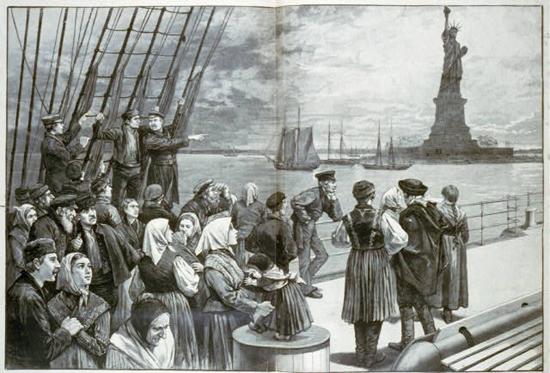Jun 16 2011
Posted by ff122986 under June 16 Assignment
New York / Boston
 One thing that was very important to New York City in the mid 1800s was that the city need a source of water for its growing inhabitance. Likewise Boston and other major cities faced a simular situation. Chudacoff wrote on page 50 “In 1835, New York voters solidly approved a project to bring water to the city through an aqueduct form the Croton River.” And then later “In 1845, an act passed by the Massachusetts General Assembly enable Boston to construct it’s own water system.” I believe that New York set the standard for the growth of most large cities with its implmentation of a necessitiy such as running water. This increase the standards of public health and contrubute considerably to the population growth in both New York and Boston.
One thing that was very important to New York City in the mid 1800s was that the city need a source of water for its growing inhabitance. Likewise Boston and other major cities faced a simular situation. Chudacoff wrote on page 50 “In 1835, New York voters solidly approved a project to bring water to the city through an aqueduct form the Croton River.” And then later “In 1845, an act passed by the Massachusetts General Assembly enable Boston to construct it’s own water system.” I believe that New York set the standard for the growth of most large cities with its implmentation of a necessitiy such as running water. This increase the standards of public health and contrubute considerably to the population growth in both New York and Boston.
Comments Off on New York / Boston




















 Mobile and New York City were two remarkable cities during the 19th century. In the north New York dominated the trading scene as one of the most popular and business driven ports along the East Coast. While in the south New York City’s “younger brother” Mobile, Alabama was one of the largest international seaports on the Gulf Coast.
Mobile and New York City were two remarkable cities during the 19th century. In the north New York dominated the trading scene as one of the most popular and business driven ports along the East Coast. While in the south New York City’s “younger brother” Mobile, Alabama was one of the largest international seaports on the Gulf Coast.


